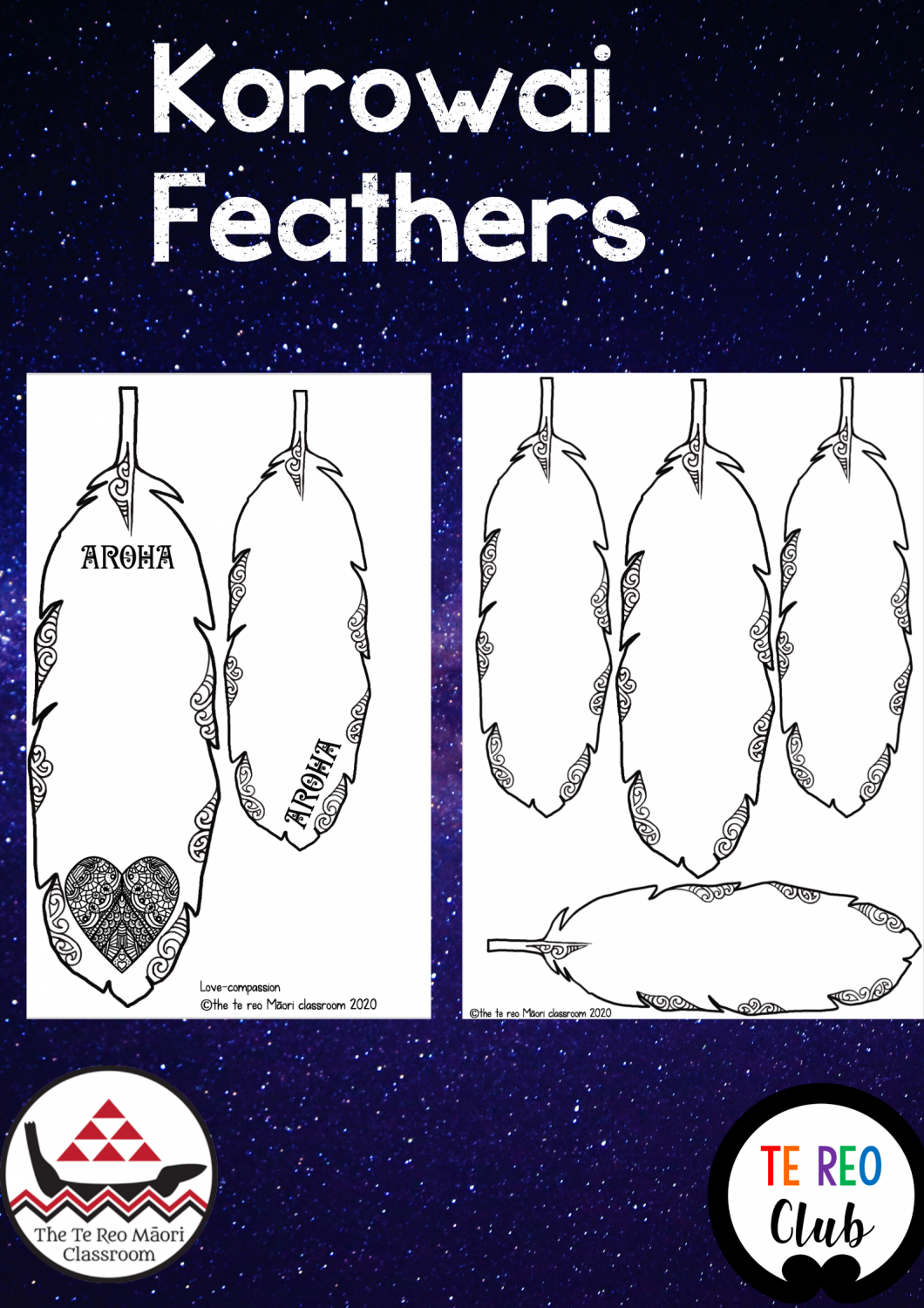Enjoy this Matariki freebie in your home, office or classroom. I have many Matariki resources for you to use in your learning space to delight and engage your ākonga.

Ngā Whetū o Matariki
Activities for Matariki
Wondering about where to start when introducing Matariki?
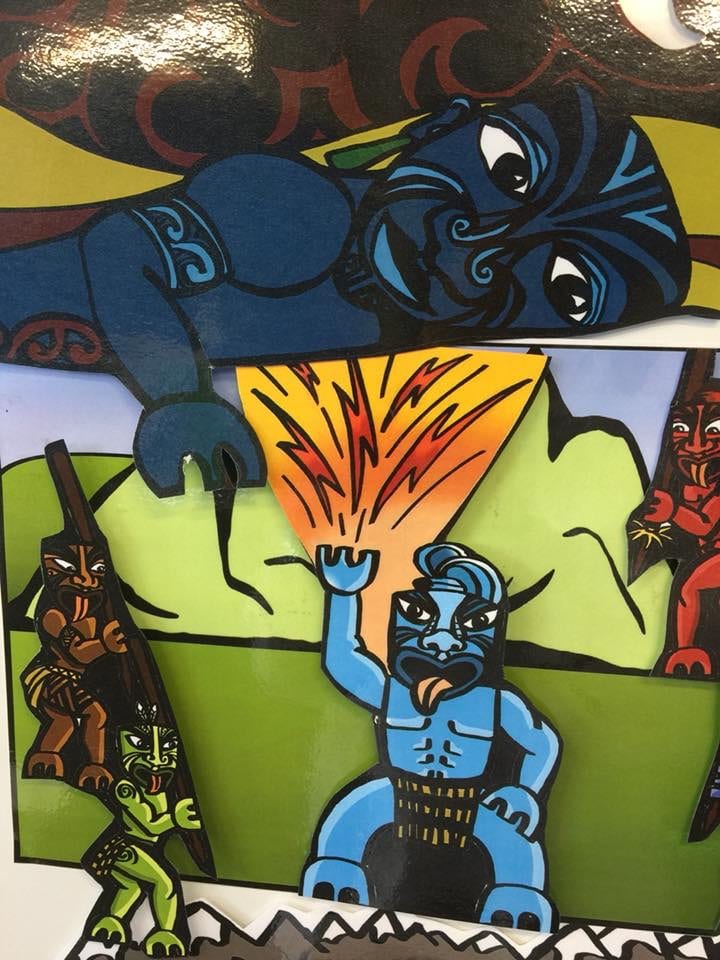
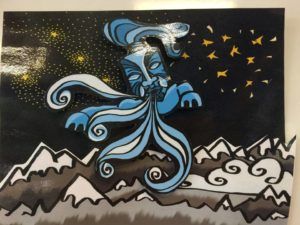
Ngā Mata o te Ariki o Tāwhirimātea-Matariki
 The collaborative poster “Ngā Mata o te Ariki Tāwhirimātea” is wicked! It fits in nicely with the Matariki collaborative (same size) and we had heaps of fun working with each other to get the right colours. This has 25 pieces and would be awesome for teachers or whānau to complete too.
The collaborative poster “Ngā Mata o te Ariki Tāwhirimātea” is wicked! It fits in nicely with the Matariki collaborative (same size) and we had heaps of fun working with each other to get the right colours. This has 25 pieces and would be awesome for teachers or whānau to complete too.

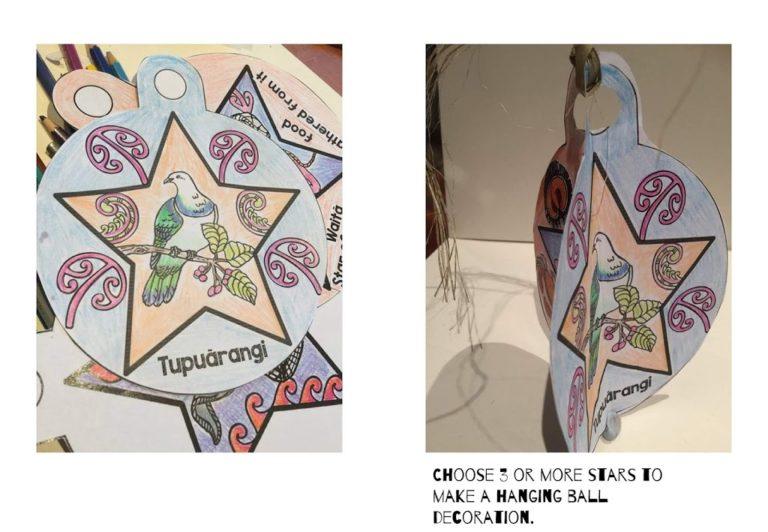
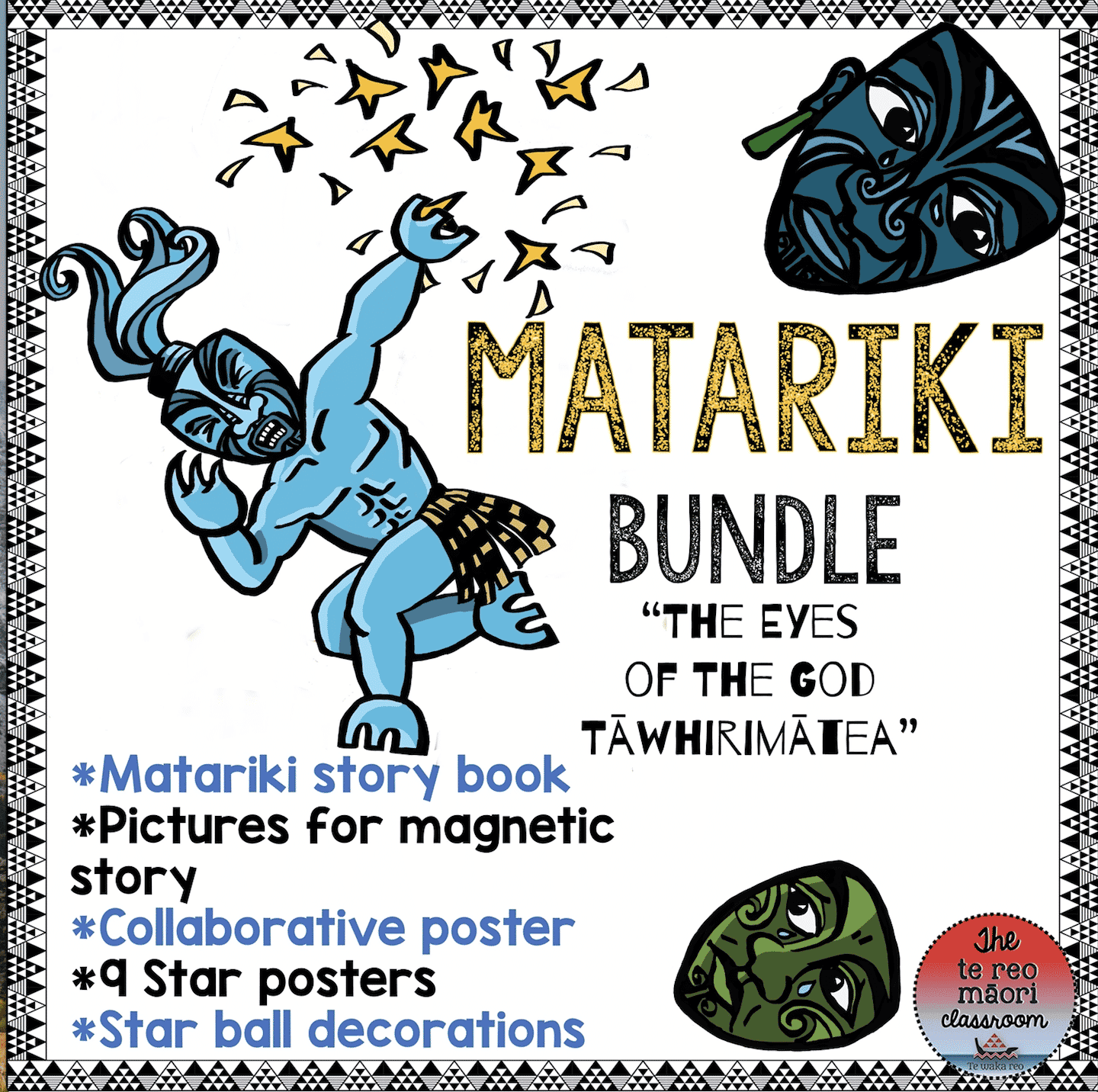
Matariki Playing Cards
For those of you who are serious about using Matariki as an excellent opportunity to get some language happening-this is a great resource.
With the playing cards you can re-tell the story and play a game of Memory or Fish. They are available here.
This gives an opportunity for learners to extend their reo from words to sentences.

MATARIKI Collaborative Poster
A kaiako used the collaborative with her ākonga without telling them what it was about.
On completion they were told that these were all symbols for the various whetū (symbols explanation included).
They discussed the importance of each one for health and sustainability. In addition they talked about how the appearance of the whetū showed the abundance of the
I thought that was a great way to introduce Matariki. As you can see there is no shortage of collaborative posters . Here is the Matariki Collaborative.


Matariki Bingo
This has been a very popular activity.
It’s great way to introduce the topic as well as reinforce information about Matariki. Bingo or Pingo can be played
with a small group or the whole class.

Te Reo Māori Solar System Collaboratives
While we are looking up trying to find Matariki we are looking into that space that many learners are very interested in. The Solar System.
This resource has collaborative posters on each of the planets. There are 4 pieces so work can be completed as a team or individually. There are also smaller A4 sheets for individual mahi. This includes the Māori names for each planet. Furthermore, it explains the days of the week and their relationship to the particular planet. The Space Centre has some great information.
Older learners may like these Matariki whakataukī. They would be great coupled with the Matariki Concertina Book.

Take a peek at the Solar System Collaborative resource with te reo planet names.
Tamanuiterā
The Sun cannot be left out! Speaking of pūrākau this is an awesome relevant time to read “Māui and the Sun”.

The big guy can be purchased here-Māui and the Sun Collaborative.
Rona and the Moon
Everyone enjoys the story of Rona and the Moon and the warning it gives us. “Ko te hē o Rona”.
Actions and words have a consequence.
Collaborative posters are ALWAYS fun and the finished product gives all participants a sense of achievement.
Don’t forget the waiata! I love this version sung by Huitau Te Hau and Garry Crawford on top of Otatara Pa during the Supermoon of November 2016. Rona and the Moon.

It will be a great addition to this Ready to Read downloadable story of Rona and the Moon.
But that’s not all. Watch this cool clip of this Rona and the Moon shadow play. Could you try this with the Ngā Mata o te Ariki Tāwhirimātea, picture cut outs?
Some super cool mahi from Kaleb and his mum. (I have a feeling mum is pretty talented too).
Matariki Art-Poupou

You’ve looked at poupou before and wondered how the tamariki can do such a good job. You aren’t an art teacher and you wouldn’t know where to start. Right?
This is a SIMPLE lesson. It has a scaffolded template to “hand hold” you, all the way along.
Here is some feedback
The whole school was amazed at how my year 1s had created such awesome artwork. We used Gavin bishops Rangi and Papa to learn about the Maori gods, then drew practise poupou using the guidelines. We then used our own creativity to draw the poupou representing the Maori gods by holding different things and making colour choices. At assembly the kids enjoyed sharing their art and saying the names of the gods. Thank you for this.
The resource comes posters of the nine pou (Matariki stars). Through the process of looking at the symbols, it will help learners
- understand the meaning of the whetū
- understand poupou and how they convey information
- find symbols to represent themselves (books, musical instruments-what do they like, or are they good at?)
This popular resource is available here-Matariki Māori Art.
Te Iwa o Matariki
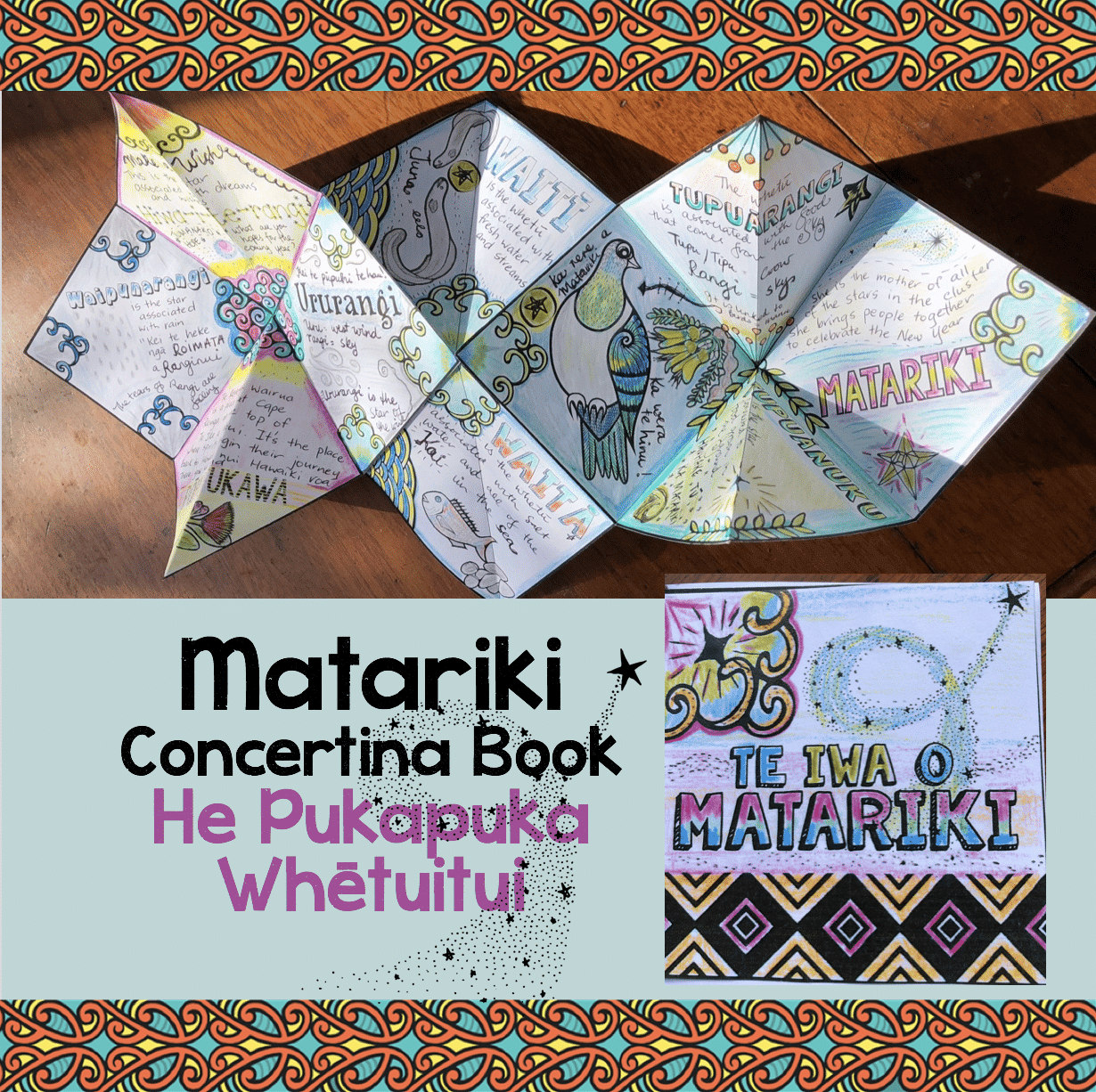
Matariki Banner Freebie

Matariki Freebie Pukapuka
I almost forgot. This Matariki book was resurrected from the depths of my rorohiko.
It was made a couple of years ago and was popular. Also, we were asked to make a recording for kaiako who weren’t sure of the pronunciation.
Your learners will find this a great help.
Lastly, this Matariki pukapuka was enlarged to A4 so that it could be read to the class. It is available as an A3.
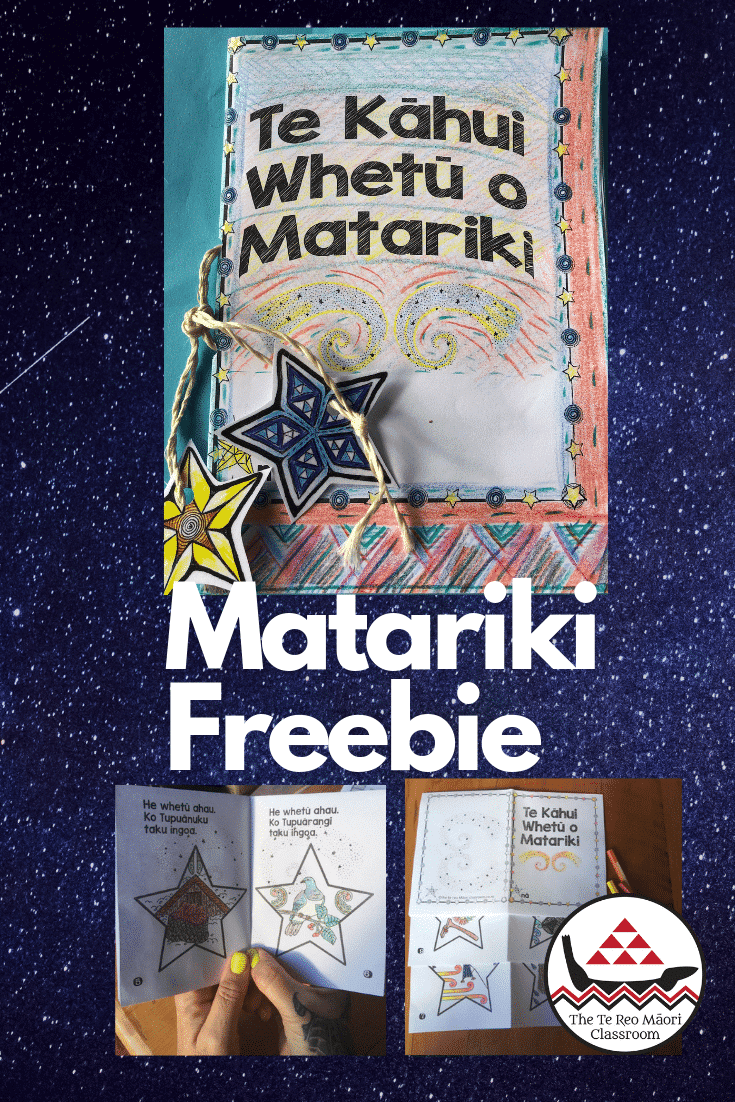
I was lucky enough to have some muka (flax cord) to tie my book up with. After tying it I put a couple of card stars at the end to decorate. This would be a great koha.
All translations are in the teacher’s notes.
Te Kāhui Whetū o Matariki
The Constellation Matariki
This can be used as a read-a-long, a book for your learners to take home, a group reading activity. Older ākonga could read it to their buddies. You could have a couple in your waiting room, or at the library.
How do we find Matariki in the sky?
If you would like this wee pukapuka fill out the form below to sign up.
Sorry about all the forms but it helps me to know what content people are wanting so I can make more: )
It does also mean that you get emails when there’s a sale or some pānui that you might be interested in.
Korowai
Why not make a Korowai to celebrate your hopes or goals for the coming year?
Hiwa-i-te-rangi is our whetū to wish upon and to profess our goals for the coming year.

Here is one way of using the korowai from Springston School.
Here are some feathers for you to use to make your own. Your learners can colour them or write whakataukī, words or descriptions on them. Seriously there are so many ways to use these on you korowai.
